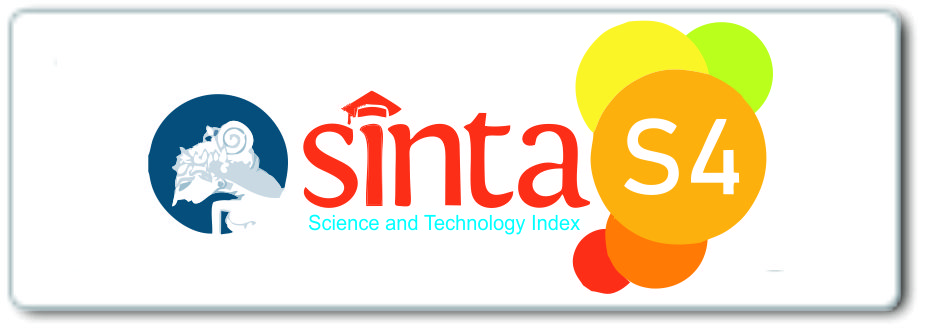Peer Feedback versus Traditional Teaching
DOI:
https://doi.org/10.33541/jet.v5i2.1065Keywords:
feedback, interaction,, dialogue,, method of teaching, targeted cooperation, peers assessmentAbstract
The choice of methods of teaching English depends on the specific features of the subject being taught, certain didactic tasks, student knowledge, specific situations, real means that the teacher has and his experience. The traditional school often represents the teacher as an active unit of learning and the teaching - as an object of learning (passive unit). However, this situation, in the process of learning, can and must change. Especially when the student also becomes an active participant in the learning process and there is targeted cooperation between the teacher and the student. Thanks to the feedback method, there are links between the goal, content and the result of the educational process. The results are observed in the knowledge, skills, attitudes, and skills of students. It helps learners to maximize their potential at different stages of training, raise their awareness of strengths and areas for improvement, and identify actions to be taken to improve performance. Feedback is part of the overall dialogue or interaction between teacher and learner, not a one-way communication. Feedback can be seen as informal or formal encounters between teachers and students or between peers. The purpose of the article is to summarize the arguments in favor of introducing peer feedback practice for English language classrooms. The discussion is based on the analysis of the most effective forms of feedback with a special focus on peer feedback.
Downloads
Published
Issue
Section
License
Copyrights for articles published in JET are retained by the authors, with first publication rights granted to the journal. The journal/publisher is not responsible for subsequent uses of the work. It is the author's responsibility to bring an infringement action if so desired by the author.





